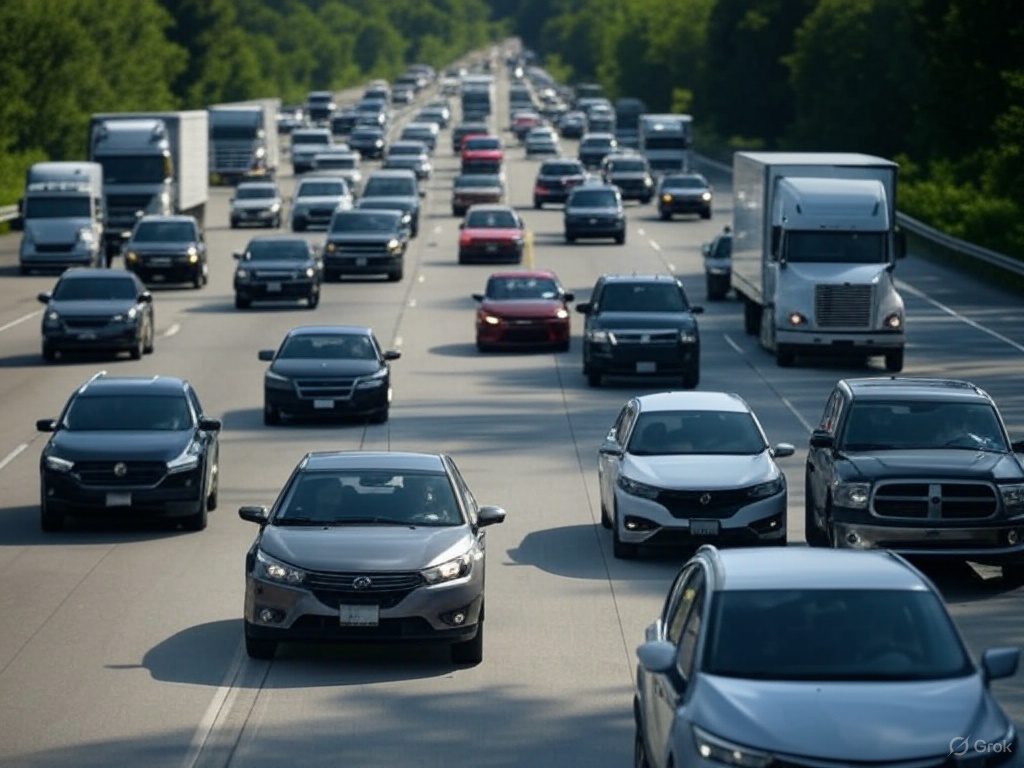US Vehicle Statistics and Traffic Safety – 2025
Vehicle Registrations Overview
2023 Total Registrations (Latest Full Year): ~283 million (est.)
Based on a consistent growth rate of about 1% annually from 278.87 million in 2022 (per NHTSA and industry estimates), 2023 likely saw around 283 million registered vehicles. Early 2025 projections suggest this number could approach 285-290 million, driven by rising demand for personal and commercial mobility.
- Passenger cars: ~100 million
- Private and commercial trucks: ~175 million
- Growth trend (2018-2023): ~4-5% increase
Commercial Truck Breakdown
Trucks > 10,000 lbs (2023 est.): ~13.8 million
Trucking data from 2022 (13.5 million heavy trucks) shows slight growth into 2023, reflecting increased logistics needs. Light truck numbers, particularly pickups, continue to rise with consumer preferences shifting toward versatile vehicles.
- Tractor-trailers: ~3 million
- Single-unit trucks: ~10.8 million
- Pickups: ~49 million
- Other light trucks: ~80,000
Traffic Safety Trends
Vehicle volume impacts safety, but outcomes hinge on multiple factors:- 2023 Fatalities (Final): 40,990 (↓5.2% from 42,514 in 2022)
- 2024 First Half (Est.): ~19,800 (↓3.2% from 2023 H1)
- Key factors: Safety tech, infrastructure, enforcement
Vehicle Type Safety Impacts
The rise of larger vehicles continues to shape safety dynamics:- Increased pedestrian fatalities (up ~20% since 2010)
- NHTSA’s 2024 pedestrian safety proposals in effect
- Larger vehicle designs under scrutiny

